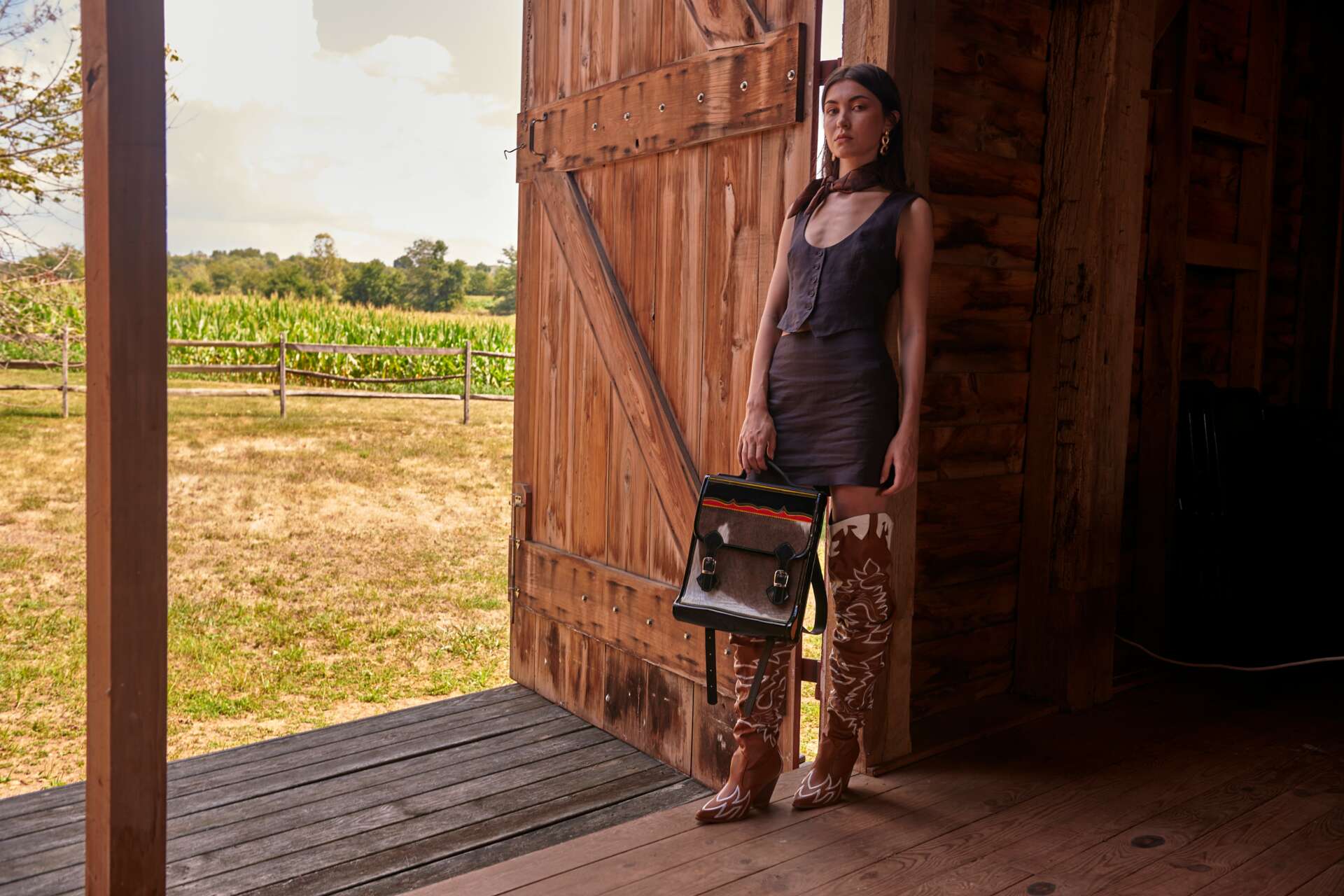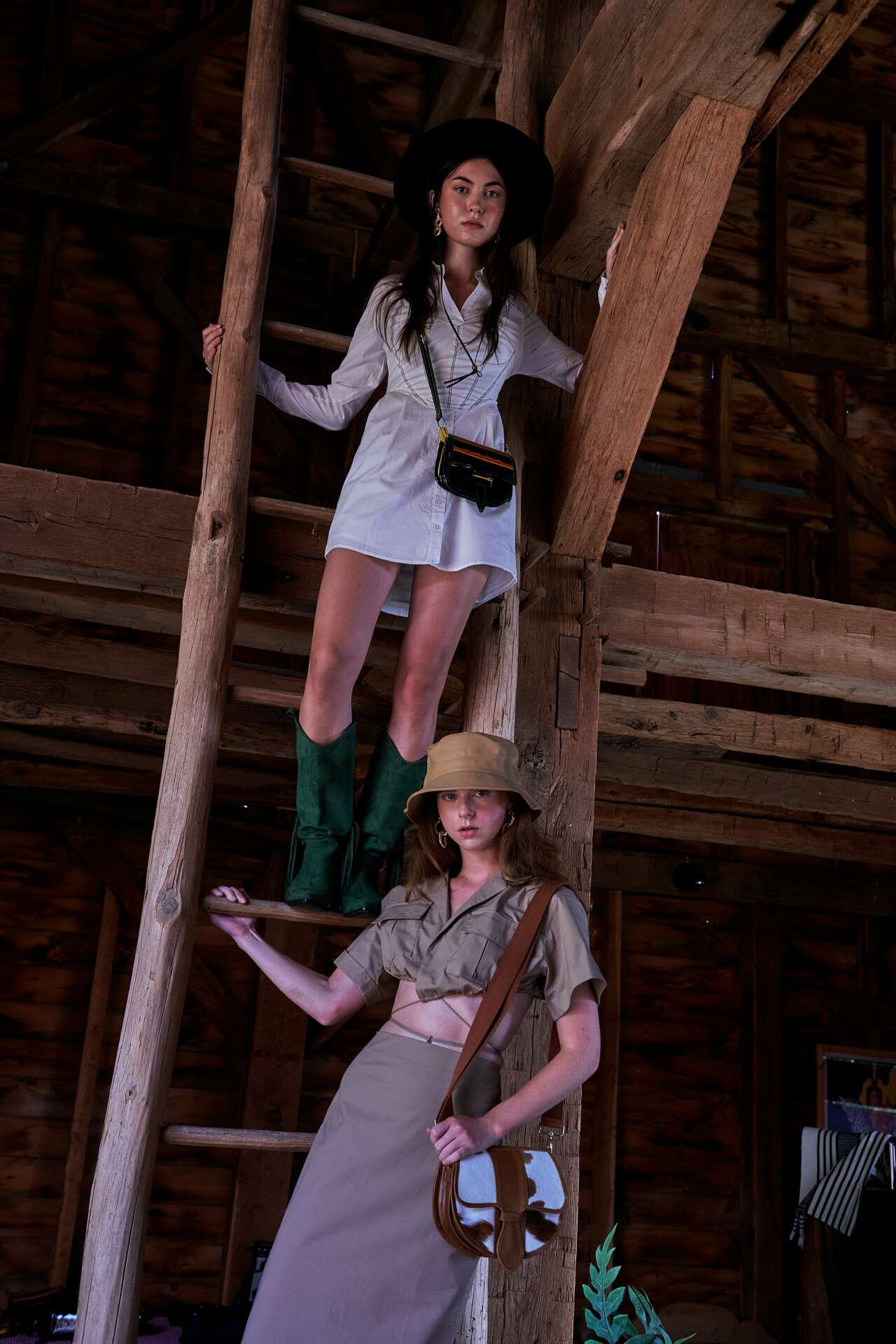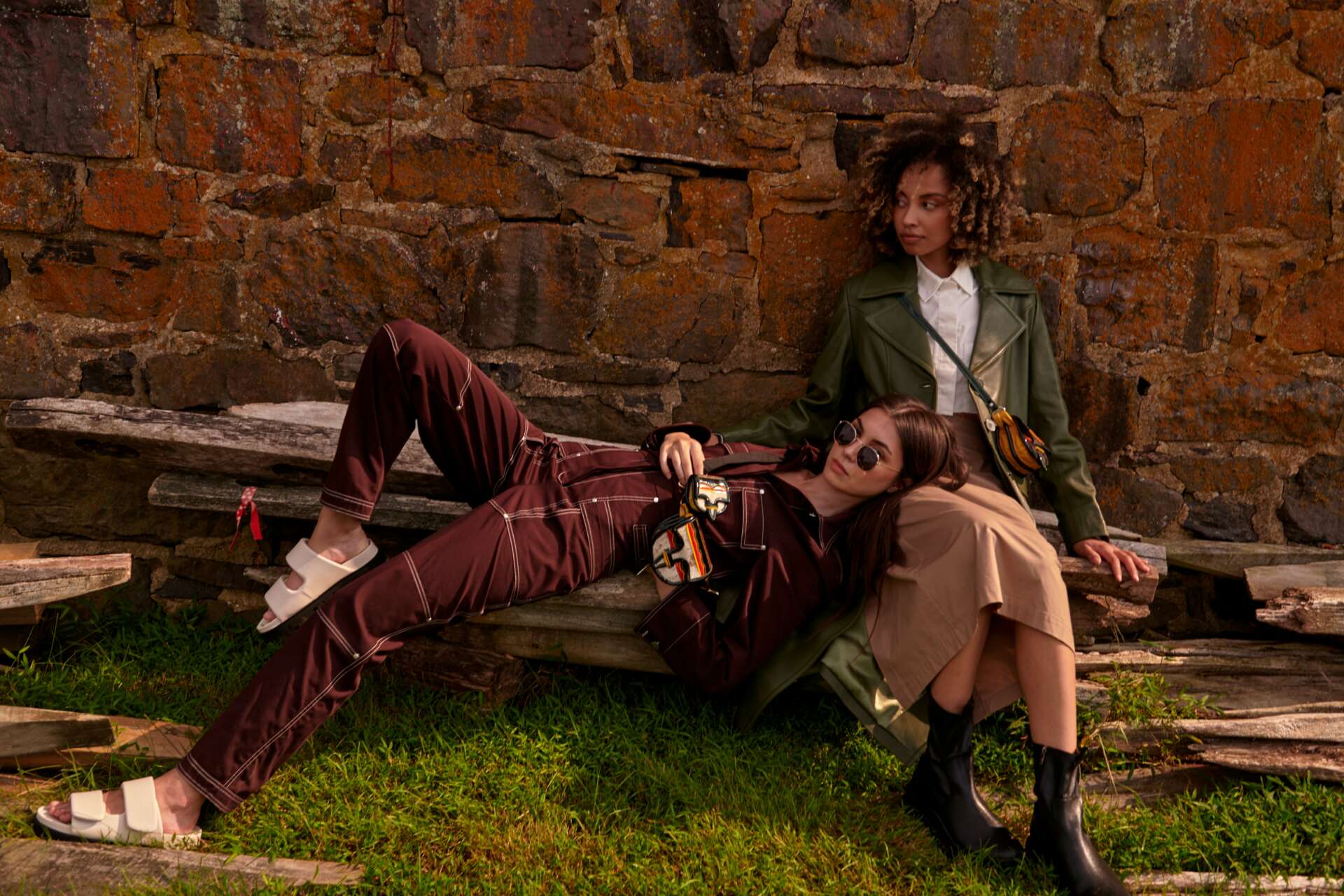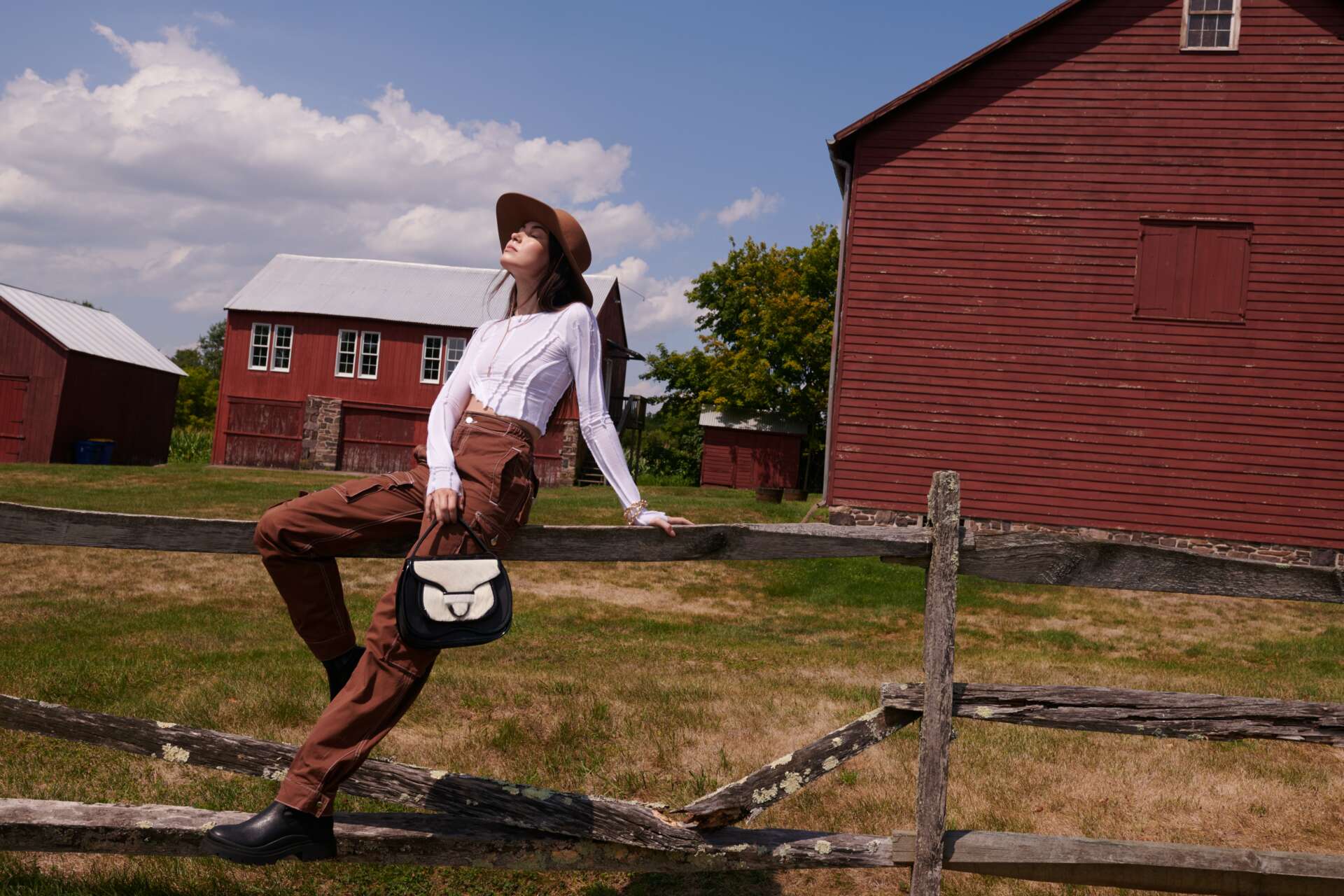We’re excited to introduce you to the always interesting and insightful Natalie Cardenas. We hope you’ll enjoy our conversation with Natalie below.
Natalie, appreciate you joining us today. Do you think your parents have had a meaningful impact on you and your journey?
My Parents migrated here in their early 20s, my father from Peru and my mother from Colombia. I noticed early on that they had a much different upbringing than a typical American family. My mother was a child of 7 brothers and 1 sister in a small pueblo where education was often overlooked. When she came to the states in her early 20s she quickly met my father and started a family. Growing up, I was fortunate that my mother went through the tough experiences she went through and at an early age she emphasized how important education and being to be able to provide for yourself as a women. My father came here at a younger age and was able to attend high school and then proceed to college. After meeting my mother and having kids he was left working 2-3 jobs to be able to support our family. He then made the decision to get his engineering degree all while working 2 jobs and having 4 kids. The combination of what my mother demonstrated and the hard work and dedication of what my father demonstrated has impacted me throughout both my personal life and career. I learned that learning a skill and putting in the hard work is what gets results.



Natalie, love having you share your insights with us. Before we ask you more questions, maybe you can take a moment to introduce yourself to our readers who might have missed our earlier conversations?
Born and raised in a small community in New Jersey, I grew up with a large yet close-knit family. Still located in my childhood home, my Peruvian-born father and Colombian-born mother always made sure my four siblings and I felt a deep connection to our Latin roots. As the youngest of the four, I was often cared for by my older siblings as my parents worked hard to provide for our family. Even with their busy schedules they still aimed to maintain a warm and colorful environment that encouraged independence and creativity. From my father and his family nearby, I learned about my Peruvian background and discovered my love of fixing things. To him, if it was broken, it could be fixed; there was no need to throw it away. From a chair or table to computers and clothes, I enjoyed learning new skills and working with my hands. From my mother, I learned the importance of pride for my Colombian culture primarily through food. Making meals for family, especially during the holidays, was a way to bond and learn more about my culture through customary Colombian dishes, such as natilla (similar to pudding) and buñuelos (cheese surrounded by fried dough).
As a way to connect with our heritage on a deeper level, my family traveled on a yearly homage to Colombia, specifically the Risaralda region, to visit my mother’s extensive family. A child of eight herself, my mother hoped to impress upon her children the incredible traditions she grew up with and proudly share the region she called home. I easily connected with my extended family and their community, with idyllic memories of horseback riding and throwing large family gatherings on my grandfather’s farm.
At an early age, I noticed the difference in the quality of the life I had and the life of my cousins. Wanting to express love and kindness for my family, I made a special effort to bring clothing, toys, and handbags whenever I was fortunate enough to visit. My cousins’ gratitude made it clear to me that this was my opportunity to do more; not just for my family but for the people I knew and loved in this community. I explored the region with wide eyes and an open heart and appreciated the local way of life while looking for a way to share this culture I loved so much with others. With frequent visits to local markets and shops of Santuario and Jeríco, who made a variety of daily-use and specialty goods, I was particularly drawn to the locals’ penchant for wearing a leather crossbody satchel. Whether man or woman, they used this bag daily for various tasks, making it incredibly versatile; and the perfect way to introduce a Colombian legacy into the American fashion market.
It became apparent to me that this is how I could make a difference to this community that meant so much to me. Thus, Santuario was born; to connect Colombian tradition with mainstream fashion in a new and unique way.
Santuario was founded in 2019 with the mission to connect vibrant Colombian heritage with fashion-savvy women so they could update their look in a unique way that held meaning behind it. The name Santuario holds a special meaning to me and means “a sacred place.” As the name of the birthplace of my mother, Santuario holds a deep connection to me that I want to share with the rest of the world.
I wanted to bridge the gap between the artisans (or artisanos) and modern fashion mavens by providing a platform for them to sell their incredible products and expand their collections. In this region, many do not have access to the tools we are fortunate enough to have, such as computers, internet, and website building, which means they are unable to extend the reach in which they can sell their goods. Typically, the artisans of this region rely on tourism to sell their products, but with the lack of travel with the pandemic, it’s become increasingly difficult. With Santuario as their liaison to the American market and beyond, this partnership now connects with consumers across the globe with the craftsmen of Santuario and Jeríco.
It was important for us to stock pieces that are eye-catching but are also timeless. When a piece stands out, questions are asked and the story of the brand and the makers can be shared. And, with centuries of history behind them, these bags are staples that can be passed down to each generation after us, along with its story and the life it has lived.
At this juncture, Santuario’s role is to foster this connection while educating people of Colombia’s rich culture. In doing so, we are creating a steady stream of income independent of the typical tourist season, even when travel becomes safe. As Santuario grows, we would like to provide a portion of proceeds for an outreach and/or education program that they can benefit from, as well.
What’s a lesson you had to unlearn and what’s the backstory?
I had to unlearn that working many hours equals effective work and that your are trying your hardest. When I attended college It was understood to also have to have a part time job and/or an internship just to seek a chance at getting a job after graduation. After graduation, the expectation is to work long hours in order to show that you are willing to do whatever it takes for your employer. Over the years I found that this is not necessarily true.
When starting my business I knew that it was crucial to take breaks. At the beginning of my business journey, I felt responsible for taking on many tasks. I’d wake early, work through lunch breaks and through nights. But, I found that overworking doesn’t equal quality work or happy customers. I learned to let my mind rest – sometimes it’s a few days or longer – and that’s improved my creativity and quality of work.
I’ve also learned that it’s crucial to stop comparing my journey to others. I’ve come to terms that my business timeline will look different than others. Taking small or long breaks that can reset my mind brings me inspiration and new ideas. I know that about myself. So, I’ve learned to let go and give myself a mental break. Sometimes it’s taking a walk, exercising, or relaxing by the beach. I don’t feel guilty about it either. When I come back to my work, I have a fresh, new perspective and renewed excitement.



For you, what’s the most rewarding aspect of being a creative?
The most rewarding aspect of being an artist/creative is the feeling when you see someone connect with your work. As a creative, it can be worrying putting out your work into the public eye. It can be scary to feel so vulnerable but also brave. My work is my passion and when someone can see that depicted in the final product that is the most rewarding feeling.
Contact Info:
- Website: shopsantuario.com
- Instagram: shopsantuario
- Facebook: shopsantuario
Image Credits
Photographer: Natalie Kogan Hair/Make up: Adrian Mejia Model: Emma Willa, Nastia Karas, Andreaana Assistant: Gianna Delgado


